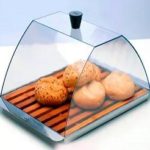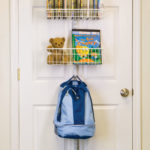Thorough cleaning: 8 places in the kitchen where mold can grow
Mold is a rather unpleasant problem that can sometimes be very difficult to deal with. Since the kitchen is an excellent place for its appearance due to high humidity, the fungus can hide in the most unpredictable places. To prevent the spread of mold in time, it is important to understand where it appears most often.
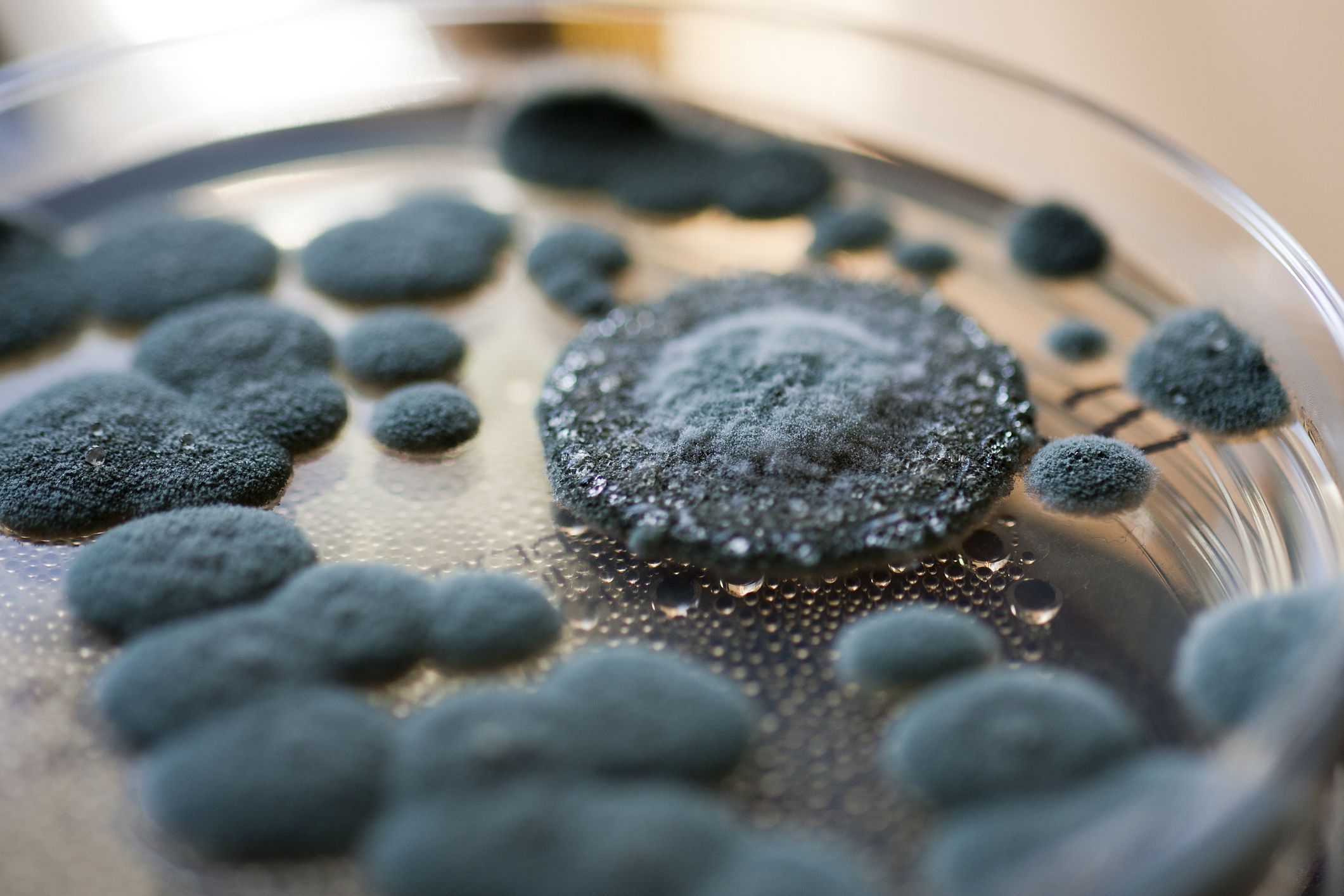
The content of the article
Fridge
As a rule, mold forms under it and on the door sealing rubber. The reason is simple - condensation. In addition, it is rare to find a person who specifically moves equipment aside to wash the space under the refrigerator. Moisture plus old dirt and food residues on the floor together contribute to the formation of fungus.
You can often notice mold under the lower drawers where vegetables and fruits are stored - it is not so cold there, quite humid and there is no deficiency in the nutrient medium (especially if some products have already begun to spoil).
To avoid mold growth:
- We regularly wash the sealing gum and the inner surface of the refrigerator with an antiseptic solution (you can use soda, vinegar, alcohol or special products);
- at least once a month we wash the space under the equipment;
- We monitor expiration dates and throw away spoiled products on time;
- we control the temperature inside the chamber - insufficient cold can also cause the formation of fungus.
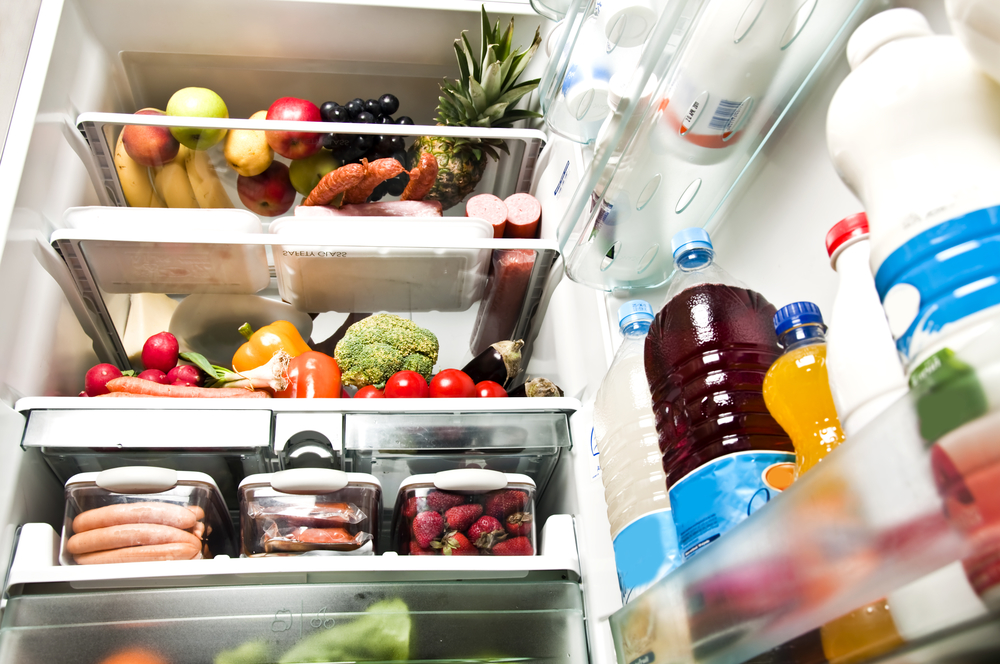
On the outside wall
Typically, the appearance of mold in this area is associated with insufficient insulation of external walls. In such cases, heat-insulating plaster made from ecowool is deservedly recognized as the optimally effective solution. It is believed that if fungus has been detected at least once in this area, it will appear again until the walls are insulated. Sometimes even treatment with antiseptics does not help.
Kitchen cabinets
Most often, mold in them comes from walls, especially external ones. But another important reason is the use of a multicooker or kettle, which are located under the cabinets. Steam, rising, provides humidity, which, in fact, is the root cause of the appearance of fungus. In addition, the effect of steam on the kitchen set can also lead to its swelling and, as a result, it will have to be replaced.
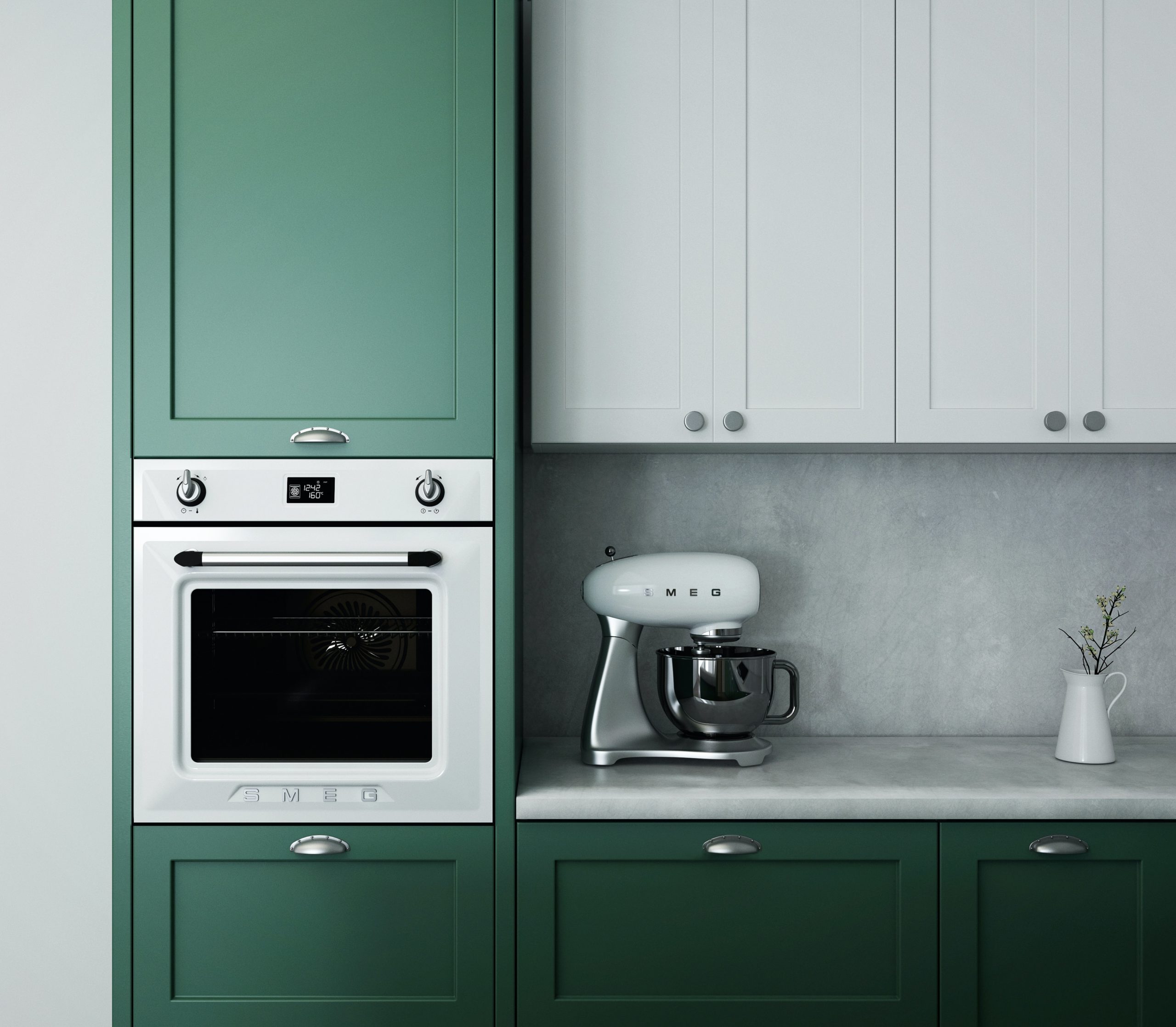
Under the sink
This space is hidden from view, and therefore it is very difficult to notice mold there. This leads to the fact that the fungus quickly multiplies and “occupies” new areas. Subsequently, it is very difficult to clean the walls and floor from this scourge. Sometimes even minor renovations are required to clean the walls, disinfect them and get rid of mold. Is there a way out of this situation? Certainly. It is enough to regularly look under the sink, wipe the space from moisture, monitor the pipes (so that they do not leak), or from time to time you can treat the space with special antiseptic agents.
In cereals
Even if bulk products are packaged in cans and tightly closed, this does not mean that mold will not appear there.One drop of water in rice or buckwheat is enough to start the molding process. To avoid this problem, it is important to adhere to several rules:
- take the cereal from the jar only with a dry spoon;
- do not place bulk products in a damp container;
- Do not pour food from a jar over boiling water, as steam can cause condensation.
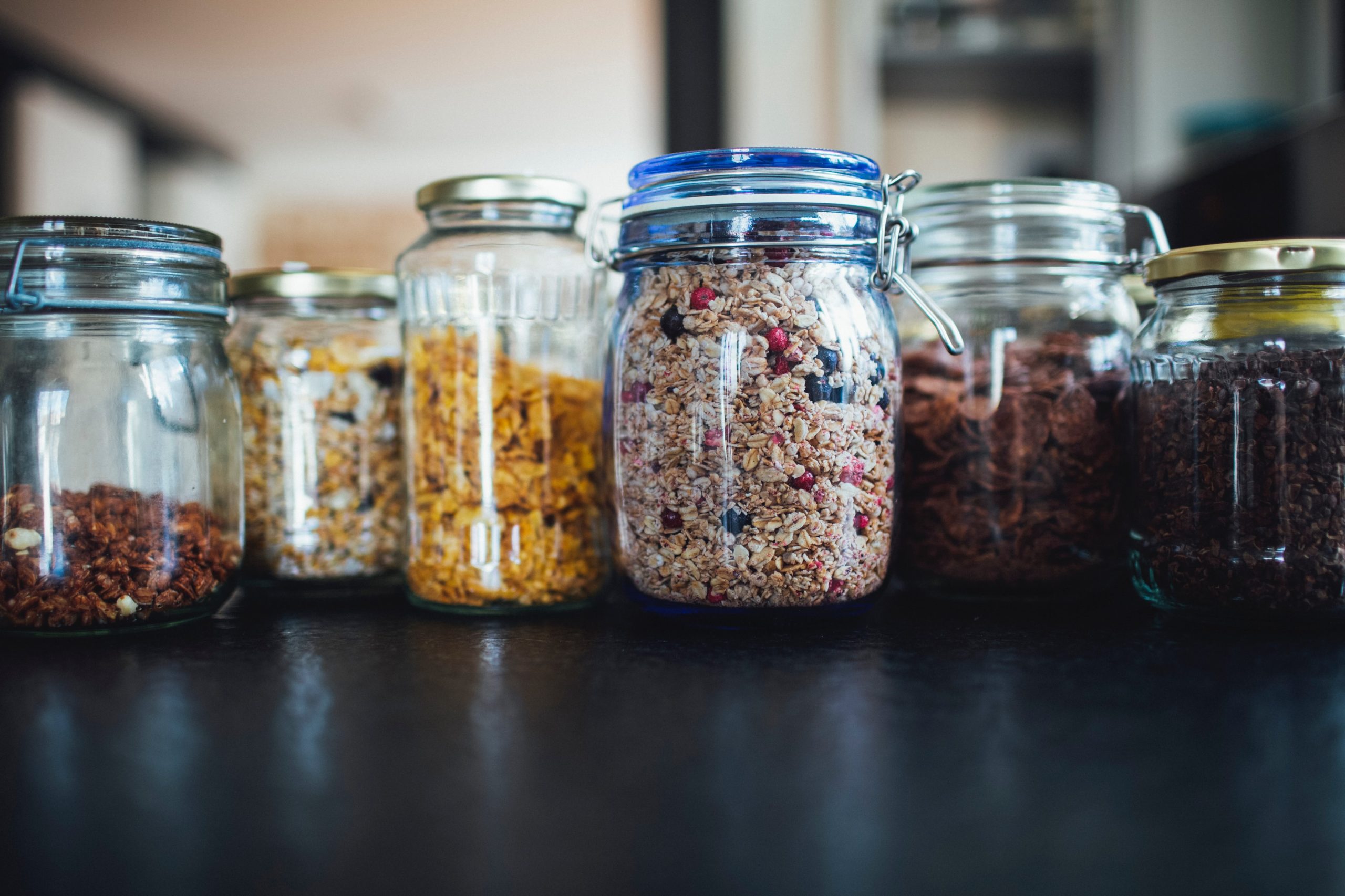
Around the sink
The area where the sink meets the countertop is often constantly submerged in water, making it the best place for mold to grow. In addition, the risk of its development increases if the joint is not treated with silicone. But it is also very important to regularly wipe this area dry and make sure that water does not flow down the wall, otherwise mold will soon appear there too.
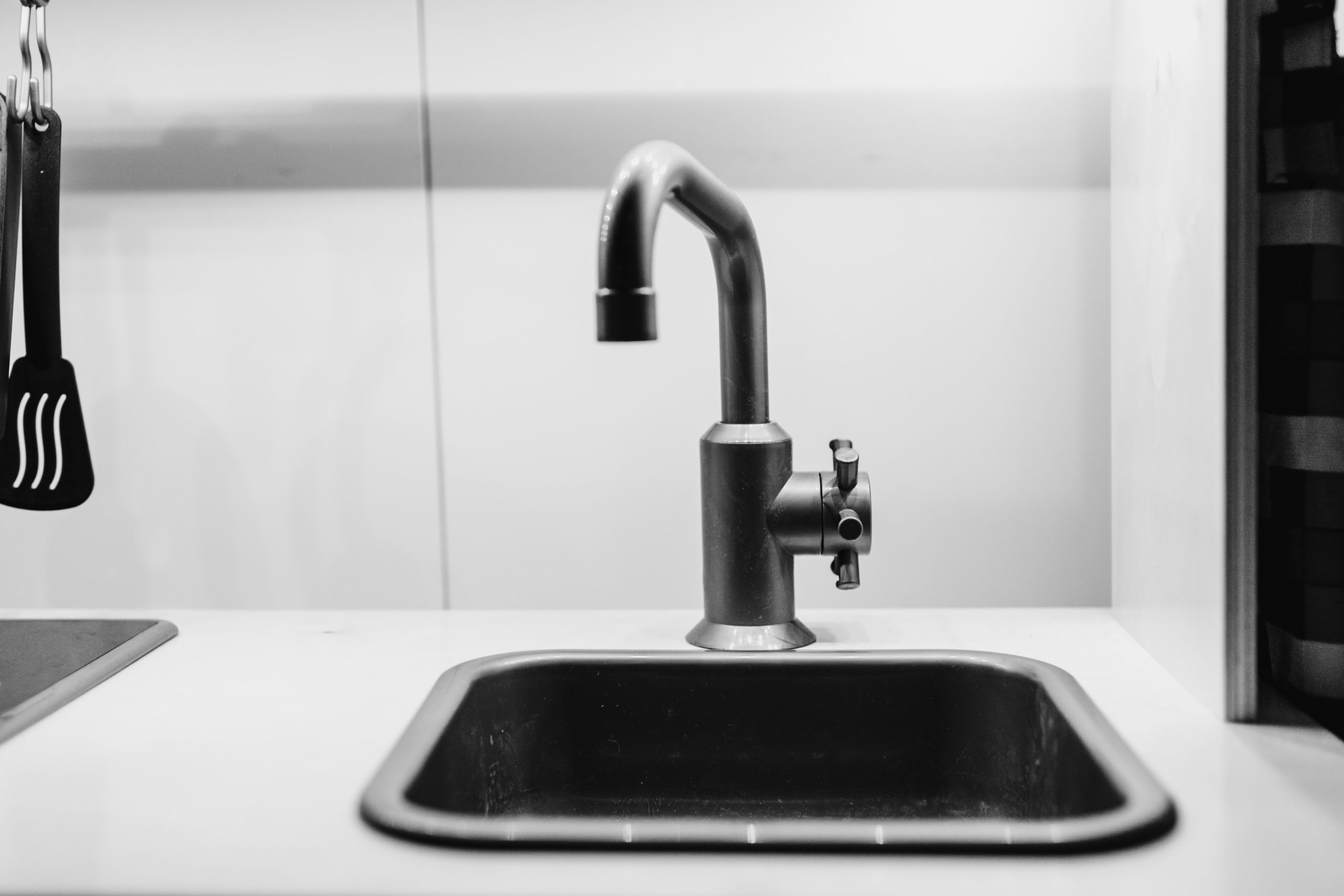
Stands for knives
Many housewives insert knives into the holder while wet, immediately after washing. This is strictly forbidden, especially if the set is wooden. And the most annoying thing is that it is almost impossible to clean mold from small and narrow holes. But there is a way out, and even two - either do not place wet knives, or replace the stand with a metal one.
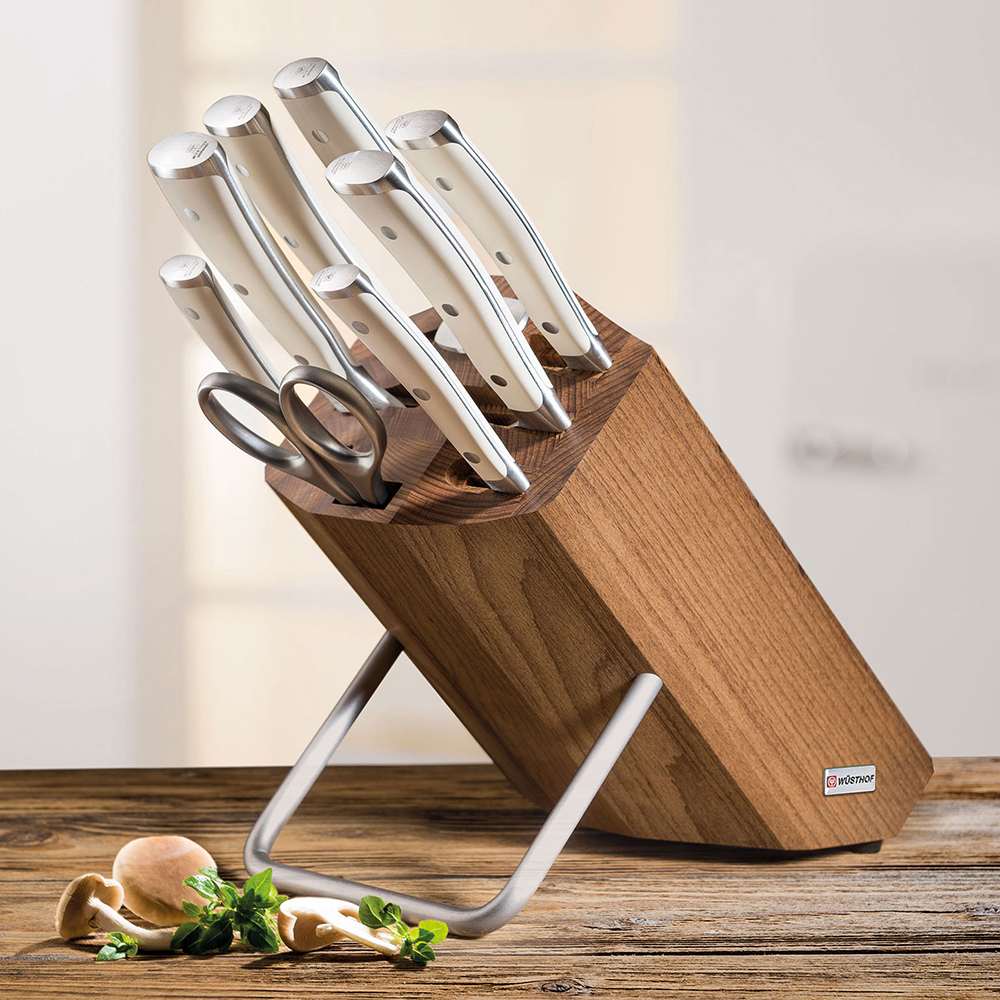
Cutlery tray
The situation is similar here. Mold can appear if you place spoons, forks and other items in the tray wet without first wiping them with a dry cloth. Of course, it is much easier to remove fungus from it than from narrow crevices, but it is much easier to prevent its appearance than to then spend a long time and tediously correcting the problem.


